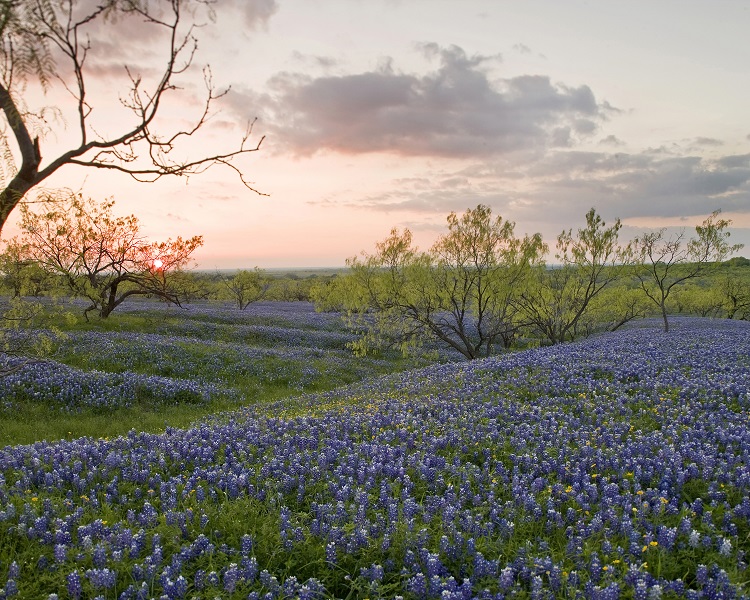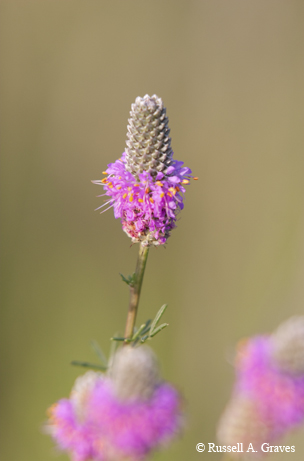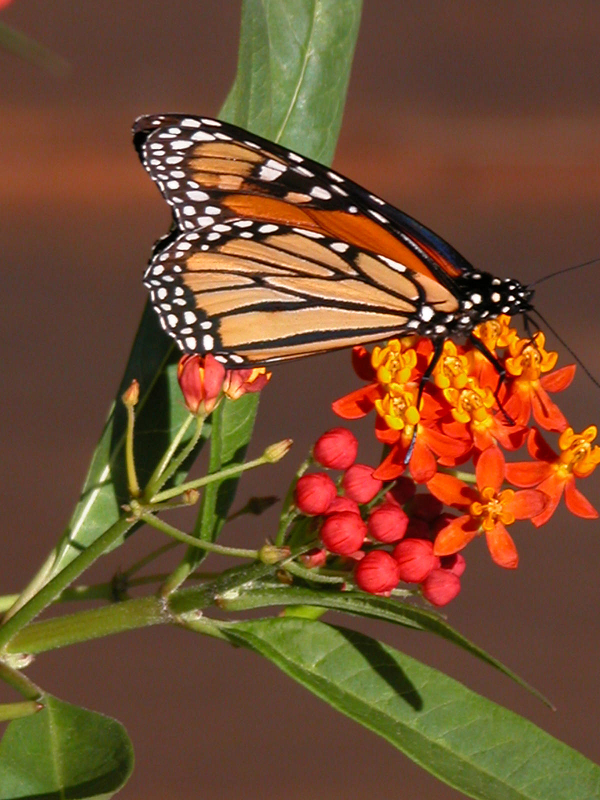Gardening with Natives
Tuesday, April 25th, 2017This is Passport to Texas
Everyone loves instant color when planting flowers and shrubs, but plants provide more than visual appeal.
Usually they are producing fruits or nectar, some kind of food source that’s desirable.
Botanist, Dana Price, says our choice of plants can affect Texas wildlife that depends on them.
A lot of them are host plants for our native butterflies and monarchs; some of them are good hummingbird nectar sources. Many of them have berries that are good for birds. Native trees are hosts for all kinds of insects that are in turn food for our native birds.
Native plants also serve us by providing low-maintenance upkeep, even in the harshest conditions—such as last year’s heat wave and drought.
Our native plants are very well adapted to the climate in Texas, which yes is very extreme a lot of times.
Planting and maintaining native vegetation for wildlife is called Wildscaping. The goal is to provide places for birds, small mammals, and other wildlife to feed and drink, and escape from predators, as well as raise their young.
Find more information on the Texas Parks and Wildlife website.
The Wildlife Restoration program supports our series, and funds conservation work in Texas.
For Texas Parks and Wildlife, I’m Cecilia Nasti.







 Passport to Texas is a
Passport to Texas is a  Passport to Texas is made available by:
Passport to Texas is made available by: